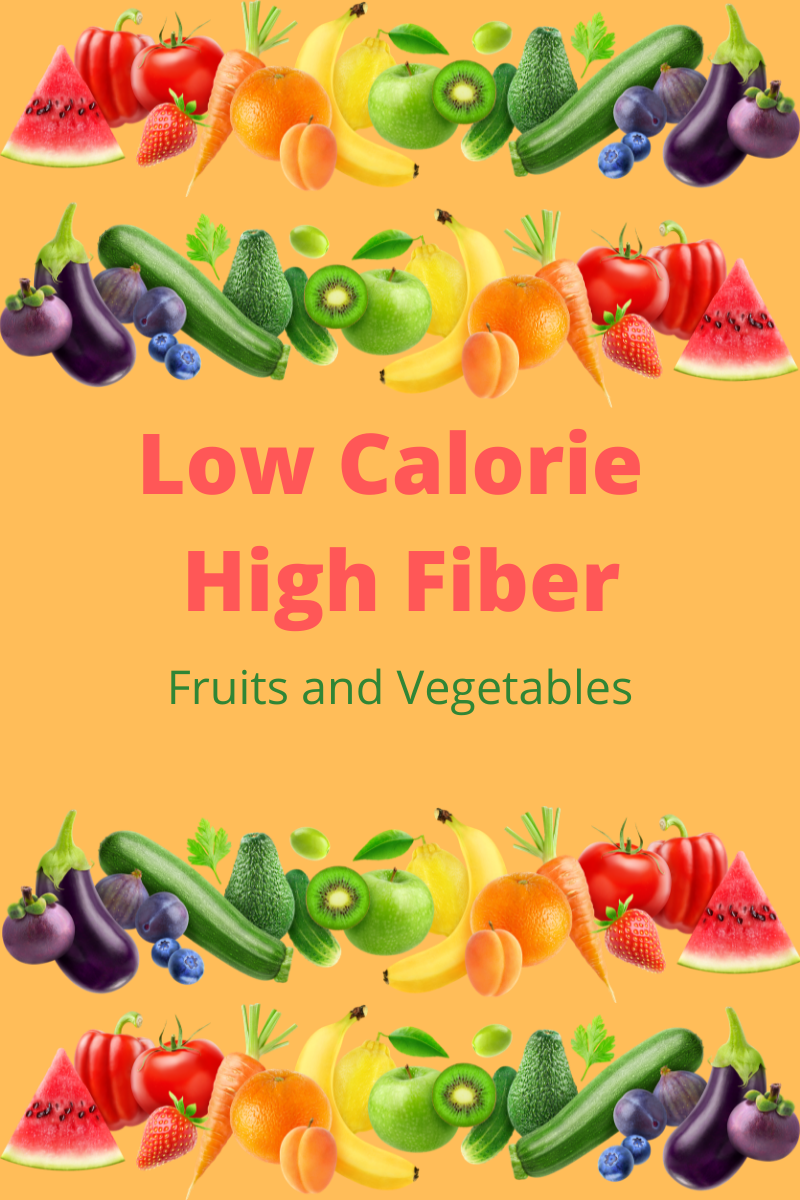
“An apple a day keeps the doctor away.” What is it about apples and other fruits and vegetables that make it so crucial for us to have them in our daily diets? Fruits and vegetables are great sources of fiber which helps to fill us up, promote health, reduce constipation, reduce blood glucose levels, increase immune support and aid with weight management. An average person needs 25 grams of fiber per day. To put that into perspective, one apple has more than 4 grams of fiber. An apple a day helps you reach your fiber goals!
A diet rich in fruits and vegetables also provides essential vitamins, minerals and phytonutrients that are important for good health. Phytonutrients are disease fighting properties that only plants (phyto) possess. These nutrients may also reduce the risk of cancer and other chronic diseases.
Fruits and vegetables are more filling than processed snacks and foods. Even better, they are naturally low in fat and calories, making them a perfect choice for a mid-day snack. Ditch the chips and pretzels. Instead, try pairing a low calorie, high fiber fruit or vegetable with a protein snack or a dip. Examples of a protein snack are hummus, natural nut butters, or non-fat Greek yogurt.
Fresh Vs. Frozen Vs. Canned
Fresh
When fruits and vegetables are in season, buy fresh and local. Eating produce in its most natural, local form allows you to maximize the health benefits. Eat local produce by shopping at farmers markets, groceries that source locally, or grow your own!
Frozen
Frozen fruits and vegetables also provide high concentrations of nutrients. Frozen produce is generally picked at its peak of ripeness and frozen immediately after sterilization through a process called blanching. To minimize the loss of water-soluble vitamins, steam or microwave your frozen produce rather than boiling it.
Canned
When buying canned fruits or vegetables, check the ingredients list. Avoid canned produce with added sodium and sugar. When all that is available is the “canned in heavy syrup” fruit or regular sodium content vegetable, simply rinse off the liquid from the fruit or vegetable. If you plan on heating the vegetables after rinsing, remember to add water to the pan in order to prevent scorching.
